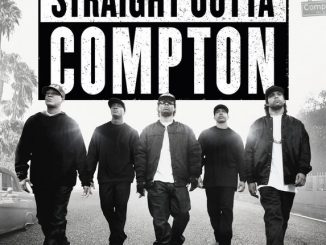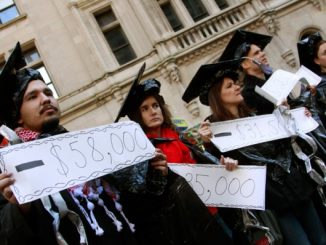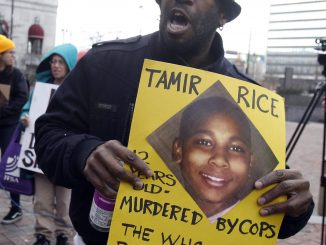It has been seven years since the economic crash of 2008 – when tens of millions of workers lost their jobs and millions of families were kicked out of their homes. The government’s response to this crash is well known – they gave trillions of dollars to bail out corporations and the financial institutions that helped cause this crisis while giving nothing to the millions of working families that suffered from it. And this strategy, of supporting the banks and corporations at the expense of the working class, has set the tone for the so-called recovery that has followed.
A Robbery Not A Recovery
The economic recovery that is talked about by politicians and the media has only been a recovery of wealth and profits for the very few, those who own the world’s largest banks and corporations. The year 2013 saw the largest profits ever recorded in the history of the U.S. – with 2012 and 2014 not far behind. Over the same period, the number of billionaires has reached record levels, with 2014 in the lead. Since 2009, the top one percent has become extravagantly wealthier while the bottom 90 percent has become poorer – and the top 0.1 percent of the population has more wealth than the bottom 90 percent of the population. On the scale of the world, it is even more staggering, with the 85 richest people having as much wealth as the world’s poorest 3.5 billion people combined.
The source of this increased wealth has come from only one place – squeezing more out of the working class in the U.S. and around the world. The average working class family in the U.S. is earning $4000 less than it did only four years ago. While profits continue to account for the greatest proportion of total wealth in the U.S., wages account for the lowest proportion ever recorded in U.S. history.
At the same time, even though the official unemployment rate is around five to six percent, the real situation is far worse. The ‘labor participation rate’ is a much clearer figure, which tells the total percentage of the eligible working population that actually has a job. Today a record 94 million Americans are not in the labor force – the greatest percentage of people without jobs in 38 years. And the number of people in long-term unemployment, those without work for at least six months, has stayed around 2.2 million people, which makes up about 27 percent of the unemployed population.
The number of jobs lost in the early years of the crisis is estimated as high as 25 million. Less than half of that has been recovered since 2008. But most of the jobs that have returned have been part-time and low pay – even though part-time jobs made up less than 20 percent of the jobs lost during the early years of the crisis. In 2013, 75 percent of jobs added were part-time jobs.
With so many people without jobs, and so many low paying jobs, it is no surprise that labor productivity has risen in about 60 percent of industries. The amount of work that individual workers are doing is going up while the overall costs of labor are going down. This is the real reason for the so-called recovery: it has been a robbery of the working class.
Business as Usual – Not Financial Reform
Since the financial crash of 2008, a lot of attention has been paid to the supposed financial reforms that have been passed. But in reality, the major banks are just as unstable as they ever were. The Obama administration’s major piece of financial reform legislation is known as the Dodd Frank Bill, which supposedly placed restrictions on the ability of financial institutions to borrow and invest money in risky ways. But most analysts agree that today banks are no less risky than they were before the crisis. Through various loopholes, they have been able to continue to participate in the same kind of speculative transactions as they were before the crash, sometimes just changing the names to get around the new legislation.
At the same time, the major banks of today are much larger than they were before the crash. Their control over the economy has only increased. The U.S. Federal Reserve has given out about $18 trillion in practically free loans, the vast majority of which has gone to the largest banks. In 2014, the top 25 hedge fund managers earned $11.6 billion, an average of $400 million each, or $200,000 per hour.
Their Crisis Continues
For working people, the crisis of capitalism has not stopped. This economic system benefits one class of people – those who own the wealth of this society. And they make their wealth simply by ripping off the vast majority of workers, those who do the daily work of making society run. The more work they can push onto us, and the more they can squeeze from the working class – the richer they get.
We have seen what their so-called solution has been to their crisis. As we struggle to get by on less and less – the rich are the richest they have ever been. If we don’t want to keep paying for their economic crisis, if we don’t want to be robbed of our wages, of our livelihood, of our future – we’re going to have to come together to put a stop to their system of exploitation.




